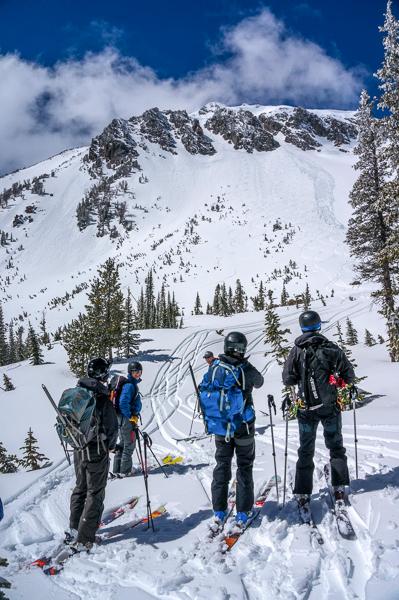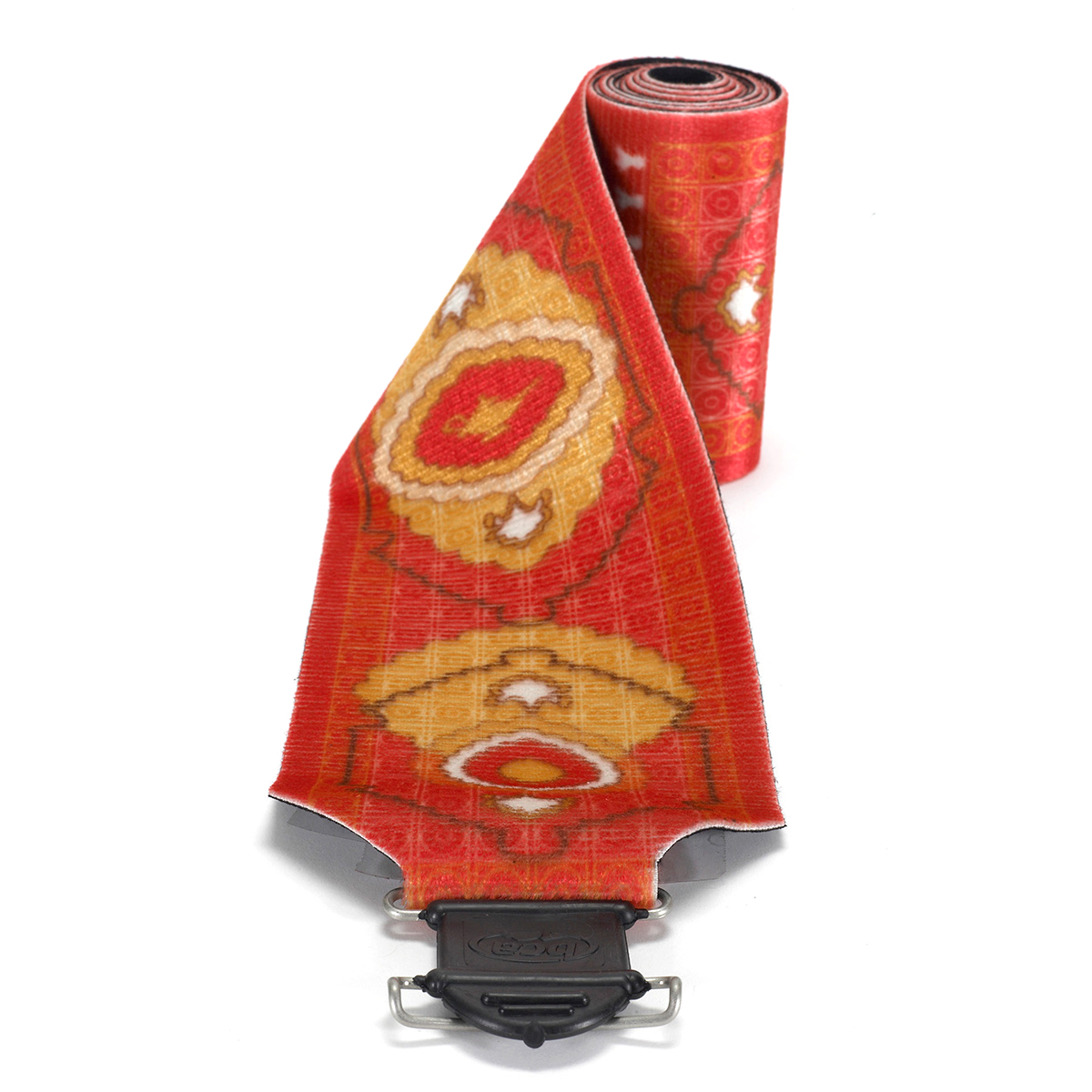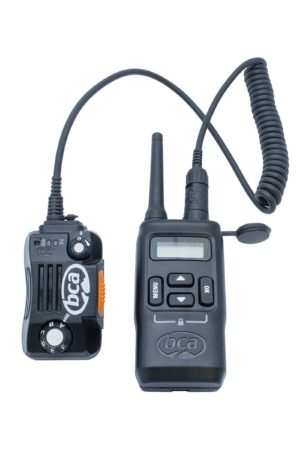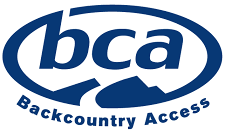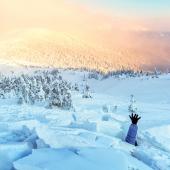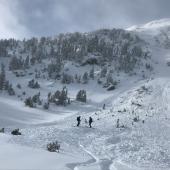Ski Shop
My Alpine Education, Part 3: Gearing Up.
Editor’s note: This is part three of a six-part series on learning about avalanches and how to keep oneself—and one’s partners—safe while ski-touring in the backcountry. Read part two here.
Getting properly outfitted for backcountry touring is no mean feat. Sorting through all the available equipment and brands would make Stephen Hawking's head spin. The trick, I found—after much weeping and gnashing of teeth—is to eschew the extraneous. Meaning, keep it simple and stick to the essentials: beacon, shovel, probe, pack, and skins. Everything else is ancillary and will work itself out in time.
Getting properly outfitted for avalanche education is similar, with one key difference: the gear needs to be of high quality and in good condition. You can't train well with poor equipment. A 10-year-old transceiver might suffice for the occasional low-angle tour, but if you want to maximize your learning, you'll want the latest technology. With that in mind, I spared no expense and outfitted myself with the best avalanche-safety equipment available, from the company with the best reputation: Backcountry Access.
First, and most importantly, is the avalanche transceiver. Commonly called a beacon, this is the life-saving device that transmits your location to your friends should you be buried in an avalanche. This is an absolute must-have—it's even required at some ski resorts when skiing steep or remote terrain. Without a beacon, you're tempting fate; and without a good one, you're selling yourself and your ski partners short. I chose the Tracker2 Beacon, mainly for its range: up to 55 meters. Although not at the top of its class—the Tracker2 lacks the ability to mark a buried victim—the overall functionality is excellent. The accuracy and longevity make it plenty capable of finding a buried skier.
Next up is a shovel and probe, the essential counterparts to the transceiver. Used in tandem, these are the rescue tools for saving a buried ski partner from suffocating beneath the snow. The B-1 EXT Shovel is comfortable and sets up easily. The handle is long, so you can dig furiously without breaking your back (tip: to prevent your snowy gloves from slipping during shoveling, add some grip-tape to the shaft). The Stealth 270 Probe also deploys easily and offers a depth-finding range of three meters. The probe slices through snow and the metal construction conveys clearly whether you're striking the ground, a rock, a tree, or a person.
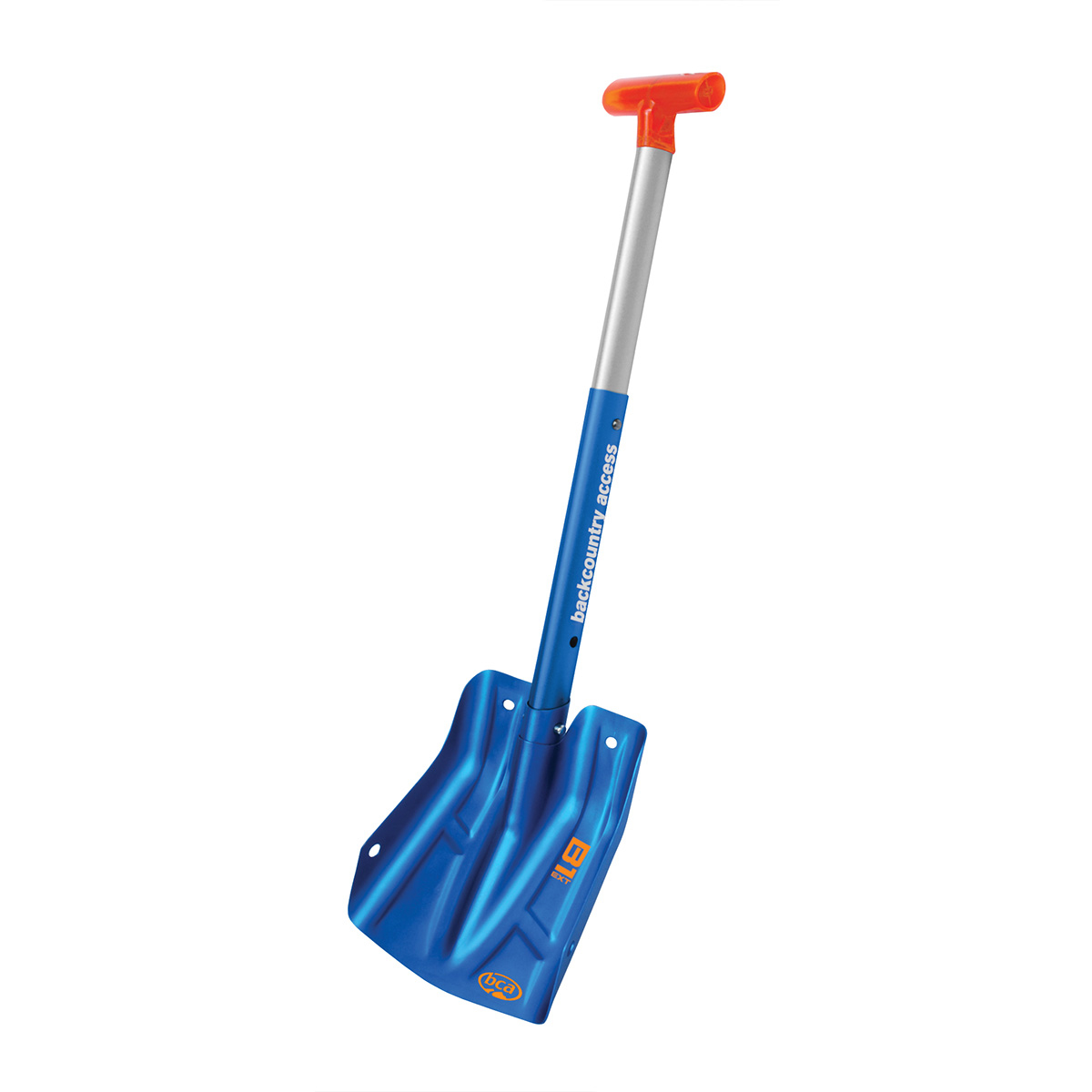 |
 |
Before you can safely ski or study avalanche terrain, you have to get there. That happens by skinning—and good skins make all the difference. The Magic Carpet Skins grip like mountain-lion paws and yet still offer a smooth, effortless glide. Heck, you could even leave them on and still slide downhill without much trouble. All in all, the Magic Carpets make getting around the mountains a whole lot easier.
Touring without a backpack is like cycling without pedals. Carrying water, food, extra clothing, a first-aid kit, and various other equipment is important for a safe, enjoyable outing—and it's essential for an optimal learning environment. An airbag is ideal, but superfluous and cost-prohibitive for most backcountry travelers. A great do-it-all pack is the Stash 30, with sufficient space and ample pockets for all of the gear, clothing, food, and water needed for a tour. The bag is also waterproof and durable.
Apart from these essentials, optional equipment abounds and could fill an entire volume. One item worth mentioning here is a two-way radio, which adds another layer of safety and fun. Maybe it's a heads-up about a fallen tree, a rock hiding, keeping your group together in confusing terrain or white-out conditions, or communicating that an avalanche has been triggered. The BC Link Radio is pricey, but worth the extra cash if you want to improve communication with your ski partners.
Next up in the series: the author takes a Rescue Fundamentals course as the next step in his alpine education. Look for part four in the coming weeks.

